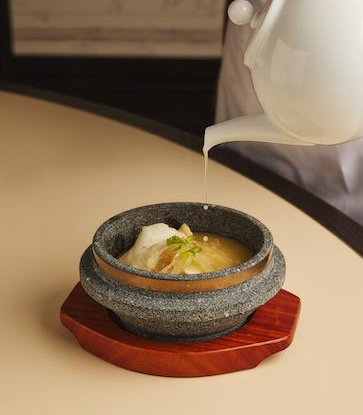QQ is the bounciness associated with fresh handmade fishballs, glutinous rice balls, and certain types of noodles. The term originated from Taiwan, where Q sounds similar to the local word for “chewy”, but it’s evolved to mean a little more than that. The Asian version of al-dente, QQ foods are soft but not mushy - they must offer some resistance to the bite.

How do you get it?
For fishballs and fish paste to develop their springiness, a paste made of pureed fish and sometimes egg must be kneaded and violently thrown onto a tabletop up to fifty times in order to develop the “stickiness” that allows it to be shaped into balls. Many stalls cut costs with the liberal addition of starch, but the QQ result can be achieved by pure elbow grease.
The QQ texture in wheat noodles is obtained with the addition of lye water or kansui (枧水) , an alkaline solution containing potassium carbonate and sodium bicarbonate that regulates acidity in the process of dough making. Such noodles are known in Chinese as jian mian (碱面) or lye noodles. Dilute the lye water and knead it into your dry ingredients to obtain a dough.
























